What makes an entryway look cheap? 6 mistakes to avoid
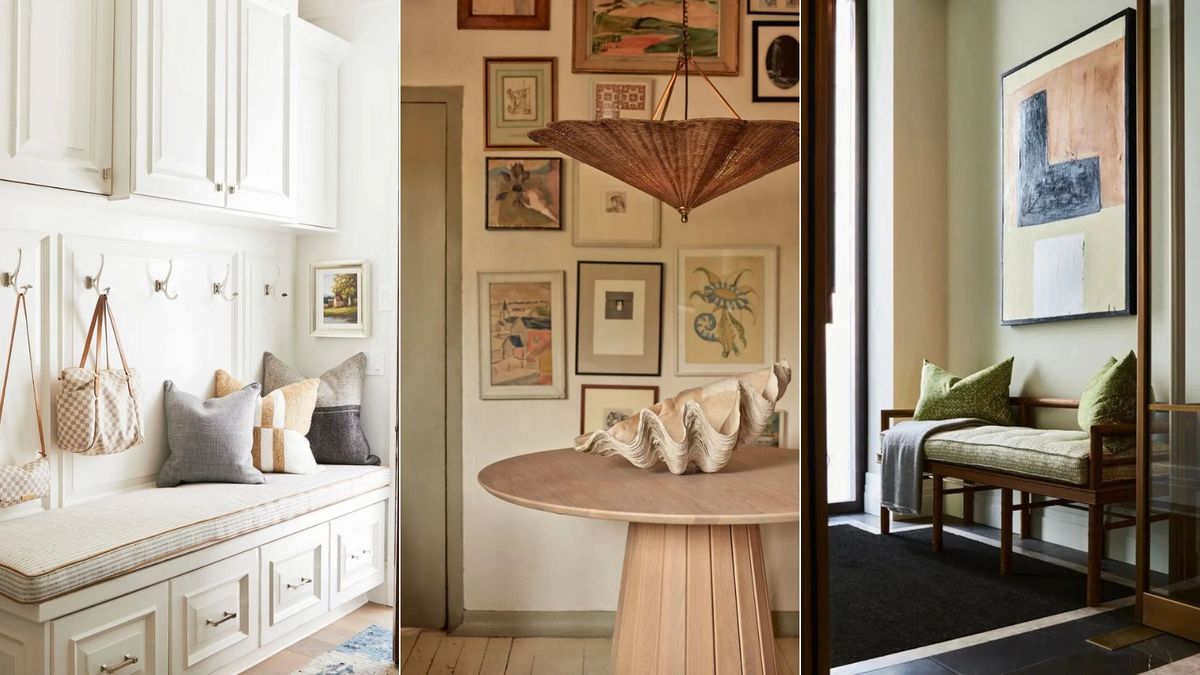
Knowing what makes an entryway look cheap will prove invaluable when you are designing your interior. It will help you to avoid making these common mistakes and ensure your entryway looks smart and sophisticated.
Even if you are decorating on a budget, there is no reason for the entryway of your home to look cheap. In many cases, the things that lead to a house looking cheap aren’t even a reflection of wealth or affluence – there are many purse-friendly ways to make a home look expensive.
What is making your entryway look cheap?
Filling the entrance with matching flatpacks; piles of clutter and disproportionate furniture are all factors that can make a house look cheap. Thankfully, they are easy to avoid and there are lots of other affordable alternatives that will help your scheme to shine.
Below we share what makes an entryway look cheap, as well as expert advice on how to avoid it.
1. Hide clutter with an organized storage solution
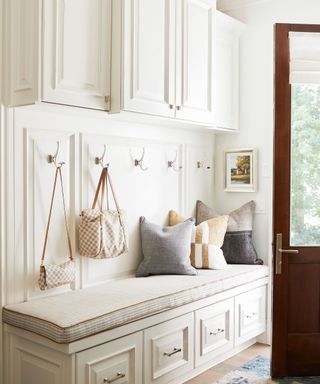
(Image credit: Alice Lane Interior Design / Photography Nicole Hill Gerulat)
Your entryway can often become an overlooked space where clutter accumulates. Cluttered homes are a source of contention for many households. After all, there is always something better to do than tidy. But do it once, and I promise you will never want to see a chaotic hall or entrance ever again.
My favorite way to keep clutter at bay is to include a few extra entryway storage ideas. With some clever planning and budgeting, you can find furniture that fits narrower or more challenging spaces and will bring about a huge difference to your home. No more cluttering up the entryway with rows of shoes, or searching for somewhere to hang a coat.
If budget allows, I suggest going for something bespoke rather than off the shelf. When commissioning a piece of bespoke joinery, consideration is needed to ensure that the cabinet style complements the room’s aesthetics as well as being of the correct scale and proportion, says cabinetmaker Ed Keyser.
‘Built-in cabinetry is not only an investment and will hopefully add value to your property but is also personal to you as you will be living with it every day. Although more expensive than off-the-peg solutions, commissioning bespoke storage is guaranteed to maximize every inch,’ says Keyser.
One factor to bear in mind when considering bespoke storage over off-the-shelf is the extended lead time, which can be several weeks from inquiry to installation.
2. Replace lacklustre lighting with a layered scheme
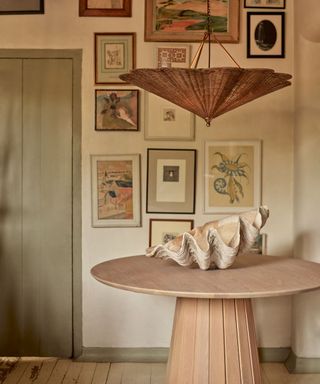
(Image credit: Neptune)
More often than not, poor lighting will make the entrance to your home look cheap and feel glum. Good entryway lighting ideas can transform a room. It can make a small entryway seem larger, or a vast entrance more intimate, help create mood, enhance features, and define zones. Such is its versatility, that it is worth planning the lighting at the beginning of a project.
Sourcing entryway lighting that shares a design dialogue with your furniture, storage, flooring, and color scheme will help your space feel sophisticated and considered. Look for light fittings in similar shapes, thicknesses, and, of course, coordinating finishes.
Don’t let the stairway become an afterthought either. Halls and staircases are the spine of the home as they link all the rooms together, so layers of light are very important here. Think about combining wall lights, lamps and lanterns with discreet miniature architectural lights for a variety of visual effects.
3. Turn bare walls into works of art

(Image credit: James Merrell)
The entryway is a room of its own and should be treated as such with a bold design that will wow. As the entrance is where guests are welcomed, it should say something about you and set the mood for the rest of the house.
‘It’s easy to forget about hallways as they are thoroughfares rather than places we spend time,’ says Sarah Peake, founder of Studio Peake. ‘It’s therefore crucial to be bold with pattern and color – something to lift the spirits when you walk in.’
Art is incredibly useful in this kind of setting as it can be used tactically to either make a powerful statement, add personality, or introduce beautiful entryway wall ideas and color.
My favorite way to introduce art into an entrance is with a gallery wall. A successful gallery wall is always united by one common thread. It might be an accent color that runs throughout, a dominant frame style, the style of photo or picture featured, or a regularity in size or shape. However, that doesn’t mean that contrasting styles can’t be introduced – use the contrast as an accent rather than having equal amounts of different styles.
4. Put the focus on flooring that lasts
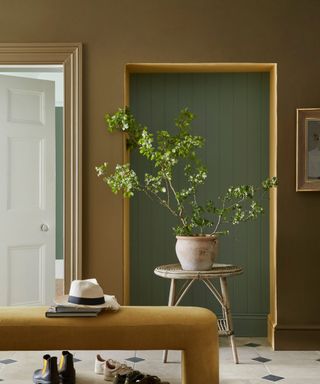
(Image credit: Little Greene)
It is important to choose hallway flooring that will stand the test of time – not just one with good looks but one with durability, too.
Stained floors, scuff marks, and obvious signs of wear and tear can really let your home down. An entryway is a busy, high-traffic area, so choosing flooring that is both durable and efficient, as well as stylish and rich with character, will help your floor stand the test of time. An incredibly versatile option, tiles create a smooth, hard-wearing surface that can also act as a canvas for a beautiful, decorative design.
‘An entryway or hallway really sets the scene for a home, creating a welcoming impression and providing a clue as to what might lie beyond,’ explains Colin Roby-Welford, Fired Earth’s creative director. ‘Patterned tiles are a perfect choice for the flooring, and they’re forgiving too, as they won’t show every hint of a footprint.’
5. Introduce warm, textural elements that sing
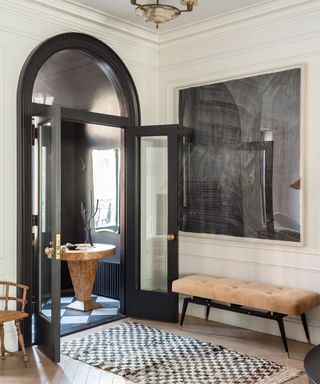
(Image credit: Athena Calderone / Matthew Williams)
Many homeowners tend to leave their halls and entryways bare and untouched. However, this ‘unloved’ space is a prime spot for layering cozy textures through soft furnishings.
Texture in interior design is vital and is, quite literally, woven into the fabric of a designer’s vocabulary and practice. Creating texture is not simply about how decor and soft furnishings feel; it’s also about ‘visual texture’ – using different materials to add interest and breathe life into a room.
The best way to add texture to an entrance is with a rug. An entryway without a rug is like a window without curtains. It can be done, but it’s not pretty, or practical, not least because most hallways today are fitted with hard flooring.
‘A rug adds personality, impact, and warmth to an entryway,’ says designer, Penny Morrison. ‘A patterned rug, for example, can bring another layer of color to the space – I prefer one that emphasizes warmer tones to create an inviting place to welcome guests inside.’
However, a rug is not the only option. You can introduce texture with just about anything – a vase, foliage, artwork. It all makes a difference to the overall look and feel.
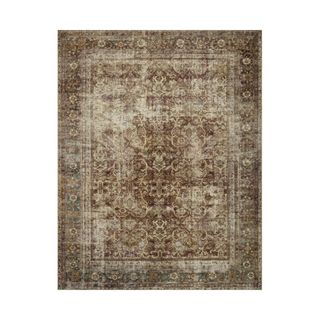
Magnolia Home By Joanna Gaines X Loloi Sinclair Rust / Lagoon Area Rug
Joanna Gaines x Loloi rugs are the best for a good reason. They are machine washable, affordable and timeless. I have one in almost every room in my house, and I can’t see myself shopping anywhere else for them. I would argue that a rug is the most defining feature in a room – it can make or break a space.
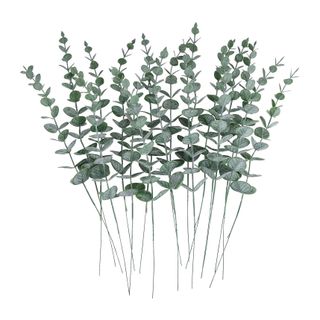
24 Artificial Eucalyptus Stems
Eucalyptus leaves are admired for their beautiful gray-green or blue-green foliage. This aesthetic attribute make them a top choice for contemporary schemes where they fit right in alongside spaces decorated in neutrals, raw timbers and other natural materials, such as linen and stone.
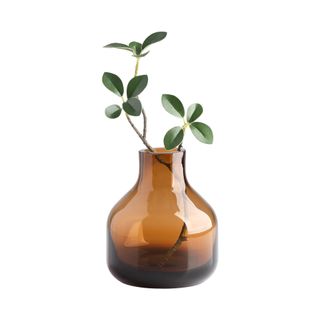
Torre & Tagus Solid Color Round Art Glass Vase
Brown is the color of the moment for 2025, and I’ve been shopping for brown glass vases – the easiest way to introduce this hue – left, right, and center. Torre & Tagus designs are some of my favorites. Decorate with eucalyptus in the spring/summer, and cedar and snowberries in the fall/winter.
6. Invest in a seating area for guests

(Image credit: Albion Nord)
If there is one thing I never budge on, it is the reasoning that every entrance should have a seating area for guests to put on and take off their shoes.
‘To create a welcoming hall, think about the impact the space will have when you first walk in,’ says luxury home accessories maker, Birdie Fortescue. Take inspiration from this space by designing a cozy spot to sit, layered with piles of cushions for warmth and beauty. ‘If you have space, a rug with a practical texture is a great addition, particularly underneath a well-proportioned hall table,’ says Birdie.
The last thing you want is for your guests to lean on walls, or balance awkwardly on one leg trying to tie their shoelaces or buckle a strap.
link




